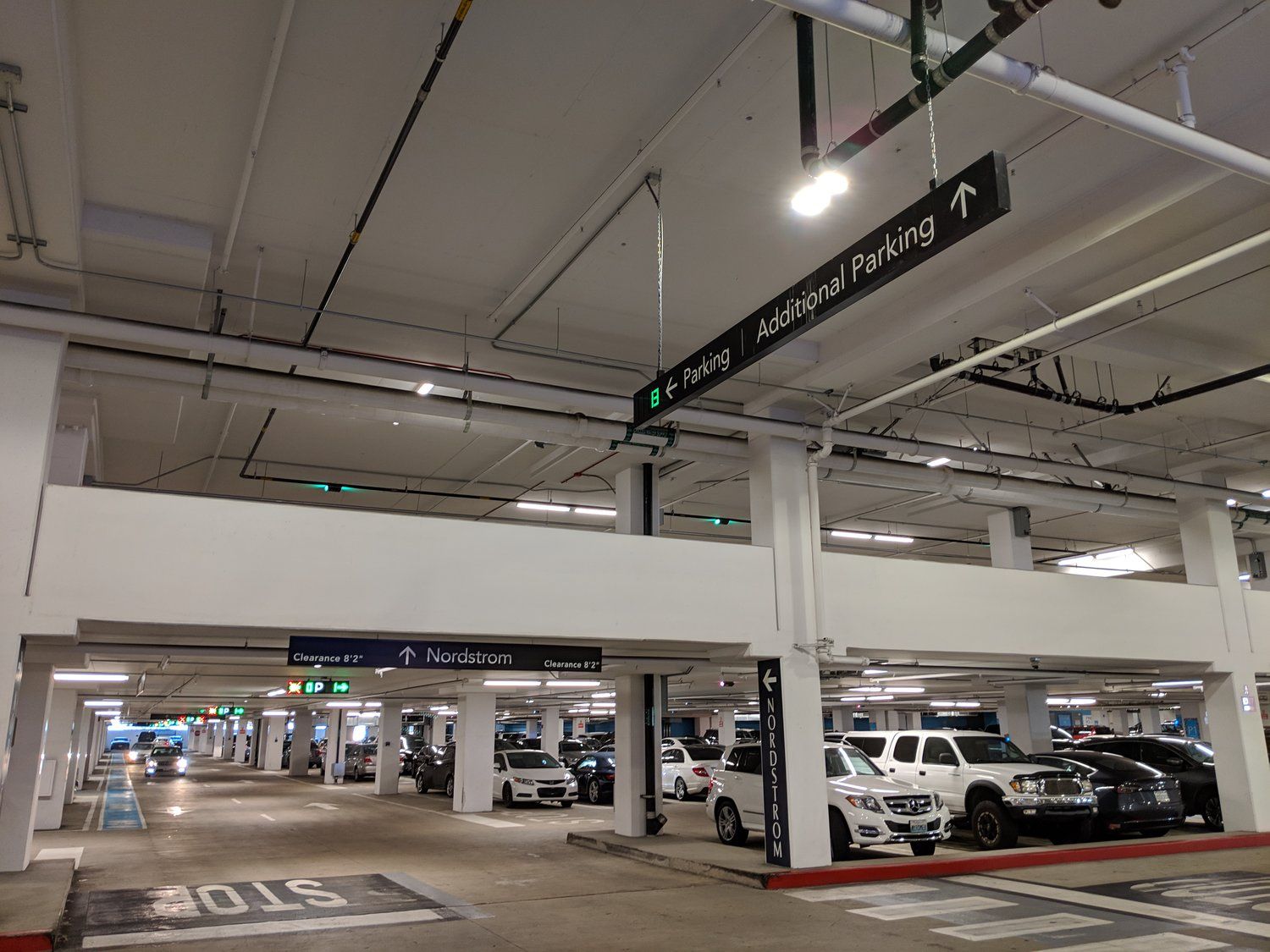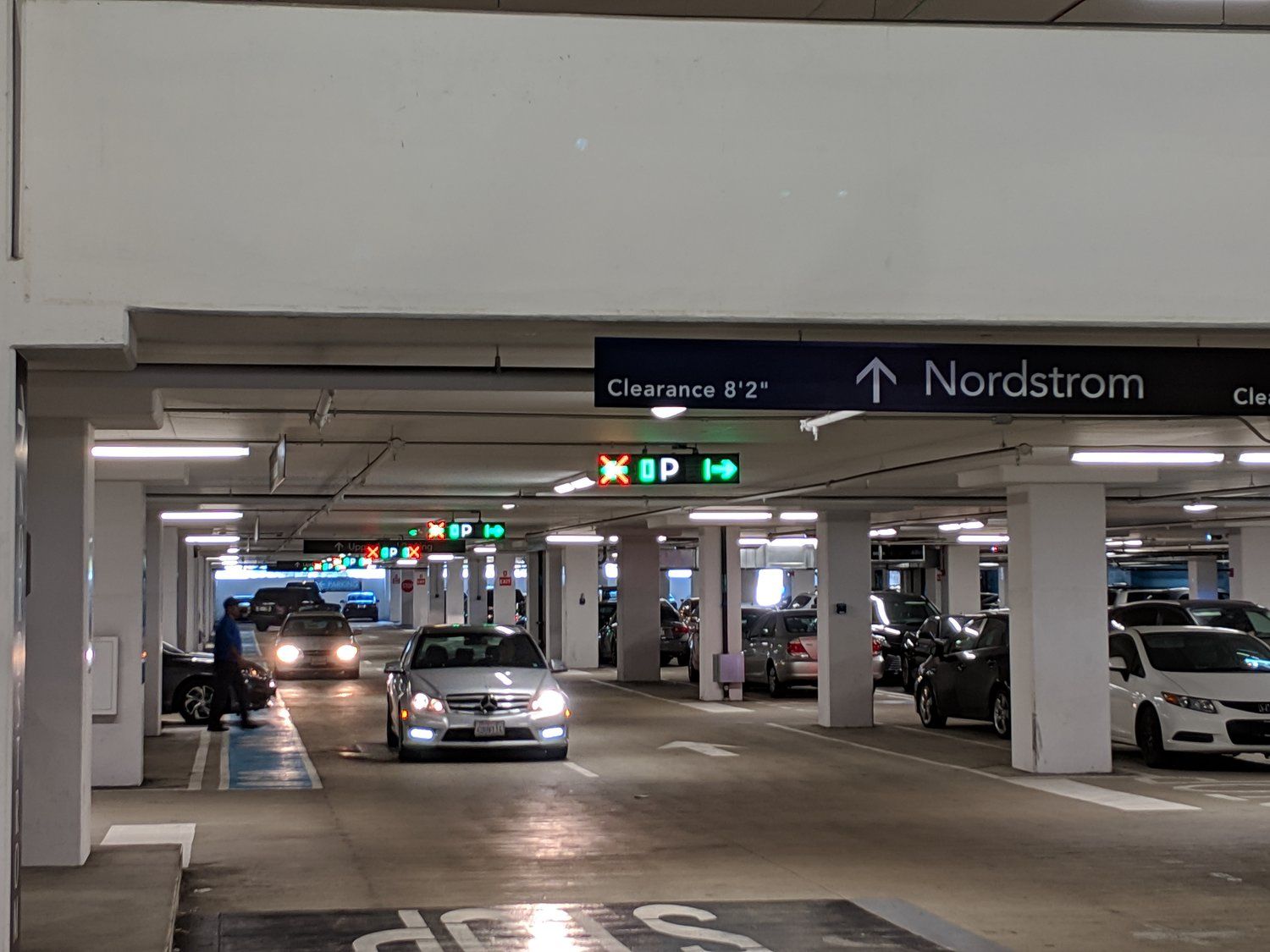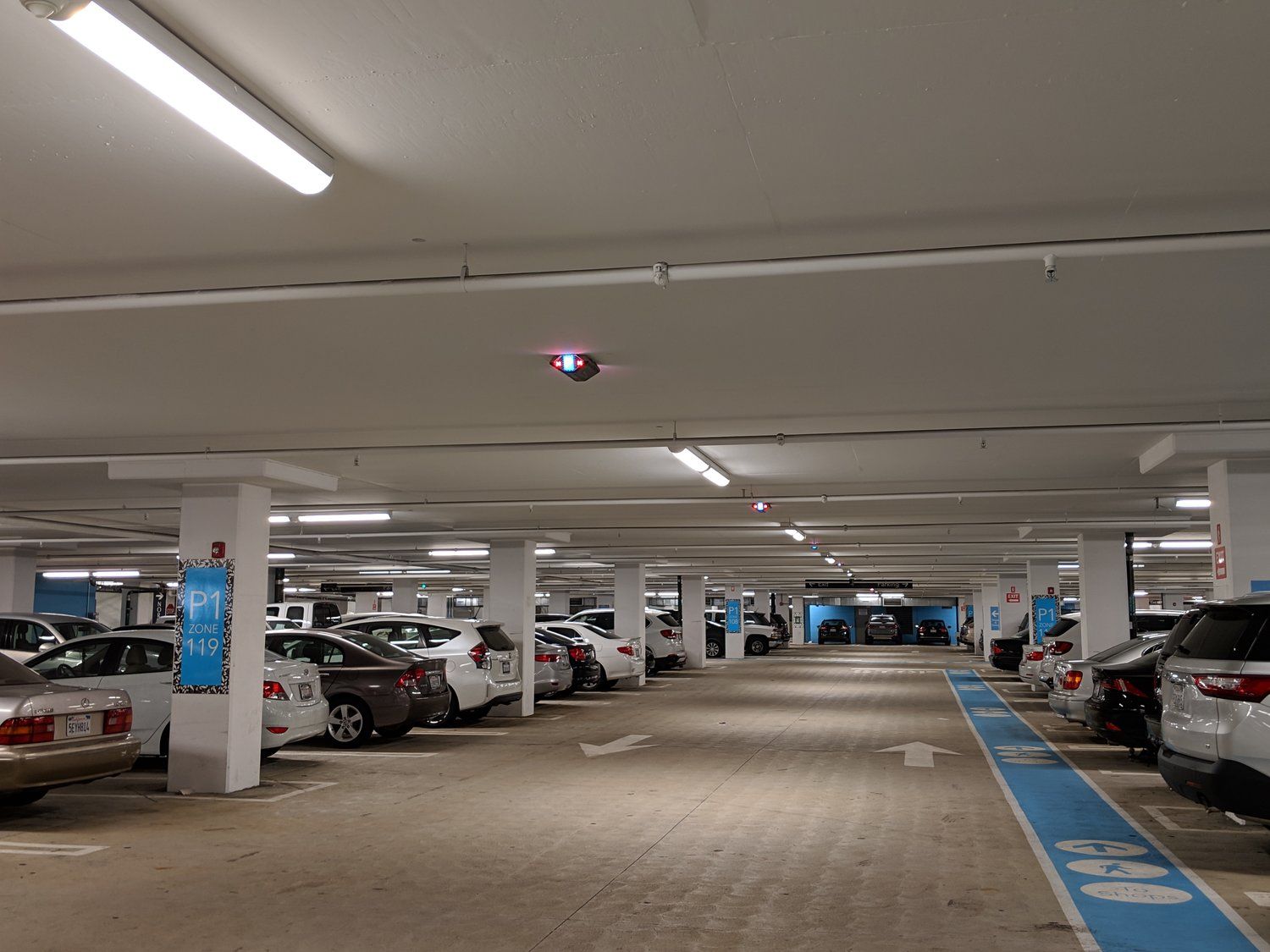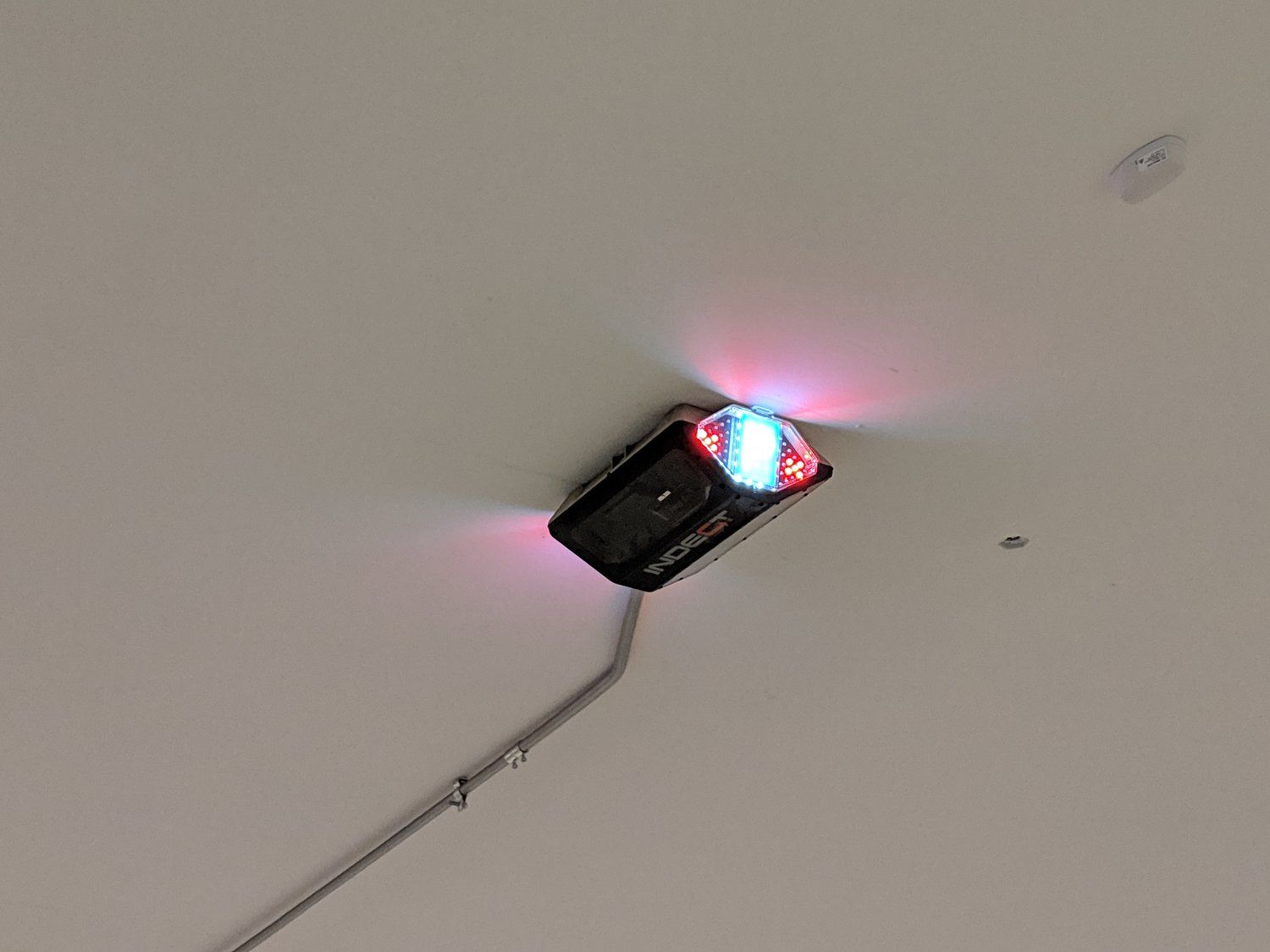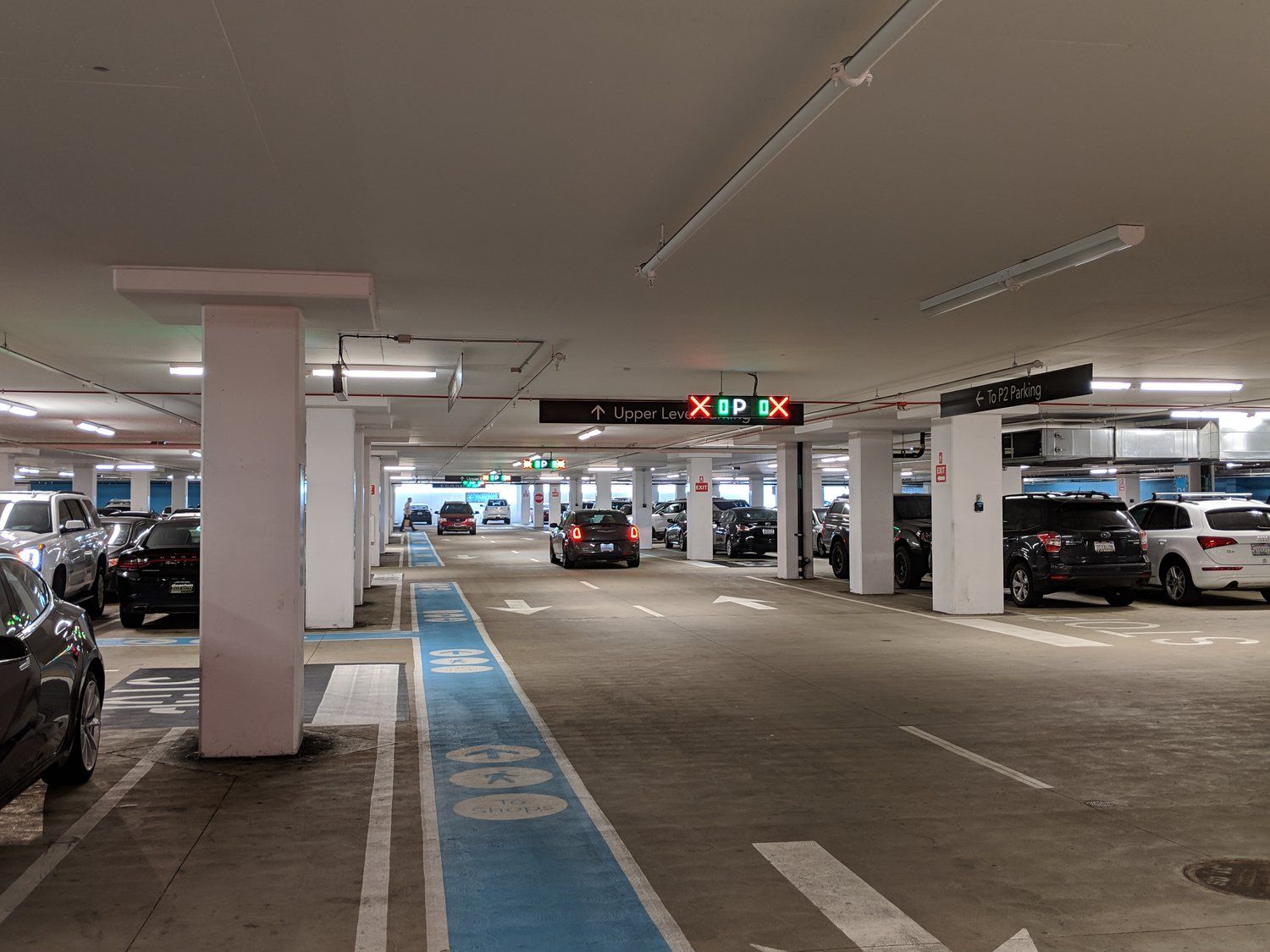Optimizing Driver Ability to Find Parking Spots
Product Background
- While E-Commerce has generally solved the problem of leaving your house for most material goods, sometimes you still need to head to a restaurant or mall, and in most of the United States, that means hopping in your car, driving to your destination and attempting to find a parking spot.
- This last step can take a substantial amount of time, not because there are no spaces available, but because it is difficult to spot the spaces that are open.
- On a recent visit to the UTC Mall in La Jolla, they have come with a fairly simple and helpful solution to this problem.
- While I did not measure the time it took to find a spot, I would wager that the time saved for each driver in finding a spot is inversely proportional to the current level of parking garage availability.
- For example, if the garage is 90% full, it will take significantly longer to find a spot than if it is 50% full, which makes the information displayed all the more valuable in shortening the search.
User Experience
Let’s walk through the experience image by image. It is much easier to see the details if you open the images in a new tab.
- In this parking garage, there are multiple sections and within those sections are rows of parking spots. In the first image, we can see the first “section” sign with a “13” illuminated, indicating that there are 13 spots in this “section”, eliminating the guesswork.
- In an ideal world, this would also take into account the cars currently in the section, but not yet parked, as this edge case could potentially fill all of the spots moments later while still showing spots available at the time that the driver turns into the section. There could also be a unknown fudge factor already employed to correct for this.
- Stepping into the “section”, we can see spot availability by row, which also accounts for the left and right sub-rows. In the first row, on the left you can see 0 spots available, which is nicely designed with a red X to utilize preconceived notions around color and X lacking availability. On the right, you can see that there is 1 spot available. Zooming in, you can see this pattern of availability all the way down the rows in this section.
- Within each row are sensors that determine which spots are filled as well as display parking spot availability after the driver has turned down the row. This is better seen in Image 4.
- Here you can see that the first two sensor blocks are Red, while the 3rd is green, and that there is a space in that block on the left side.
- Finally, in Image 5, we can see that the row now has 0 spots available on both sides, which allows the driver to continue without looking down either side to the next section with available spots.
Dynamic spot availability will also likely be a necessity if parking lots are to be helpful in a world of autonomous cars.
